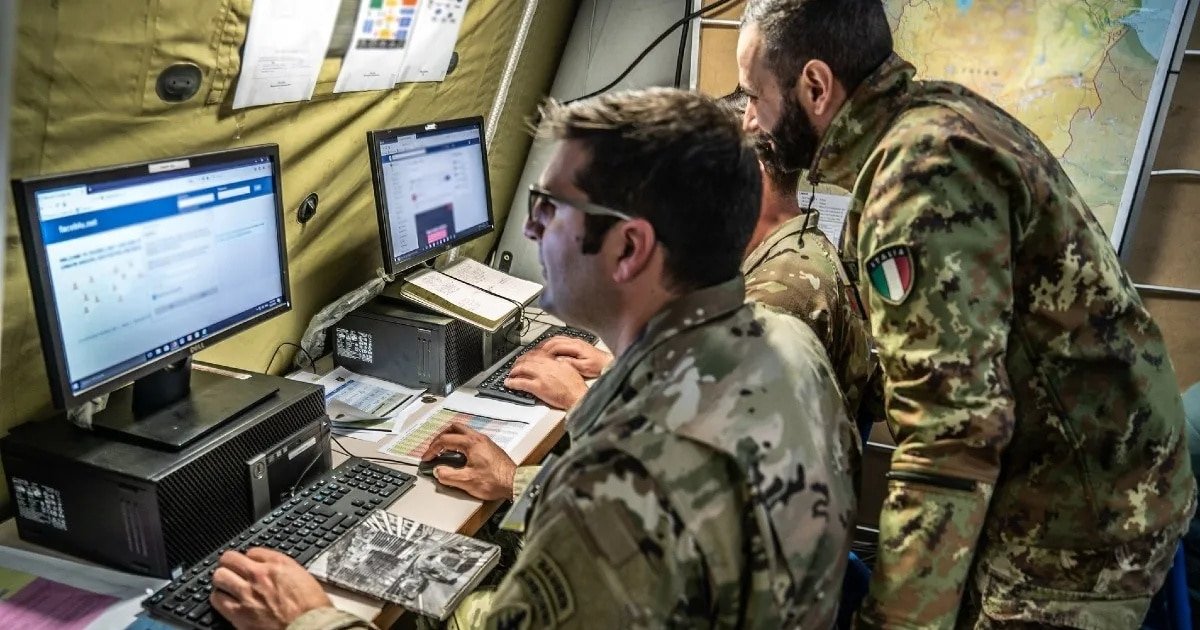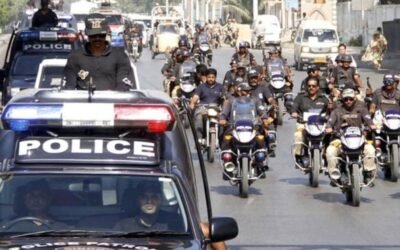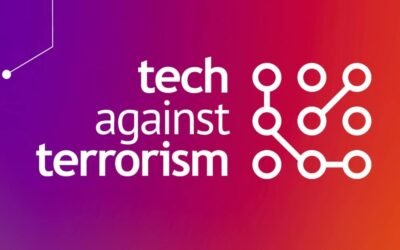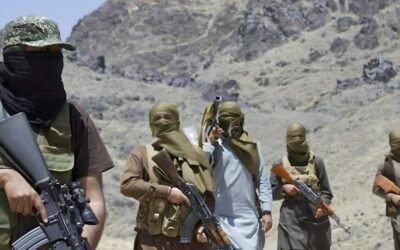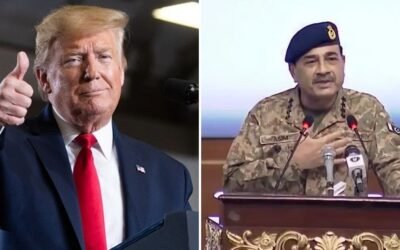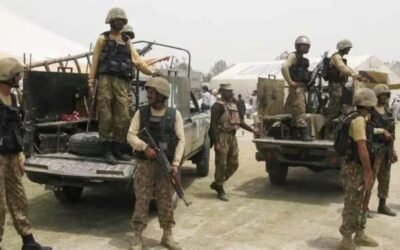Pakistan’s war on terror is not merely fought with bullets but with messages as well. Pakistan’s war on terror is not merely fought with bullets but with messages as well. Sun Tzu taught, “One need not destroy one’s enemy. One need only destroy his willingness to engage”. Modern psychological operations (PsyOps) intend to put this teaching into action. Information is carefully crafted to confuse and demoralize foes. The media arm of Pakistan’s Armed Forces has employed broadcasting techniques. They have used leaflets, radio, social media campaigns, and TV programs. The intended outcome is two-fold. Militant morale should be weakened, while public support for the state increases. Pakistan’s counterterrorist campaigns illustrate how coordinated messaging has become a force multiplier. These articles examine the use of PsyOps in counter-terrorism. In addition, it takes a look at how media messaging weakens militants.
State Media and Narrative Control
Psychological warfare makes use of all available media forms. Standard PsyOps tools may appear outdated, but are still employed. These include leaflet distribution, radio shows, and even wall-chalking. One example is the 2001 U.S. invasion of Afghanistan. U.S. forces dropped around 18 million leaflets and flew 800 hours of radio programs to tell the Taliban to surrender. In Israel’s attack on Gaza in 2008-2009, Hamas responded with a message blitz. They also fired text threats into Israeli mobiles and jammed radio broadcasts.
You May Like To Read: Radicalization in Prisons in Pakistan: An Overview
Pakistan’s approach includes similar tactics but modified to fit the local context. Pakistan Army’s public relations wing has expanded beyond traditional press releases into FM radio, TV dramas, and social media. These techniques were especially seen in action during counter-terrorism campaigns. During Operation Rah-e-Rast (2009), Pakistan set up special FM stations. These stations broadcast counter-terrorism messages in favor of the government. Features of these messages included moderate imams discussing Taliban clerics on air. Meanwhile, trained anthropologists studied public reactions.
It was a sophisticated media campaign. The results were also positive. Statistics showed that public support for the army rose from 33% to 60% in Swat in 2009-10. FAK sympathies saw a sharp decline. This “battle for narratives” not only reassured citizens but reportedly demobilized opponents. Following this success, the army institutionalized information warfare. In 2012–16, DG ISPR Lt. Gen. Asim Bajwa created a dedicated social media department. The department engaged millions of Pakistanis on Facebook and Twitter, and launched an “anti-terrorism campaign” online. The Facebook page soon amassed a considerable following of 5.5 million. These platforms amplified news of killed militants and captured weapons. They also preached the message that Islam is a religion of peace and does not condone violence. The narrative that the State would prevail over extremists was also propagated.
In the 2025 war between India and Pakistan, PsyOps were also utilized. While it was not a counter-terrorism initiative, it brought notable results. PsyOps became the tools used to mobilize support and control public sentiment. Messages of resiliency online also broadcast strength to the International community. This was not done through official channels alone. Pakistan’s public demonstrated bravery by sharing meme content online. Individuals were also engaged in countering false information broadcast by India through live checks. Compared to India, Pakistan was able to manage diplomacy and PsyOps more effectively.
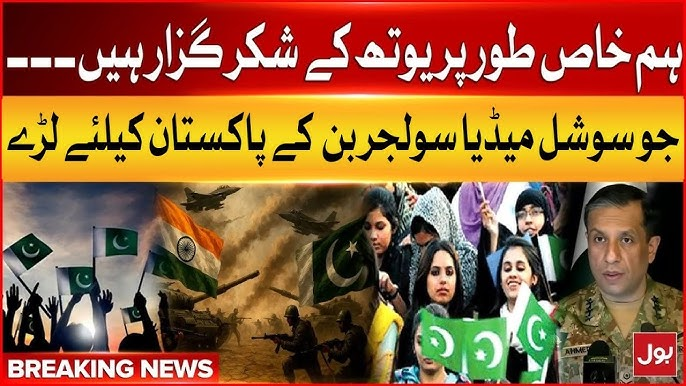
Source: BOL News
Case Study: Operation Zarb-e-Azb
Operation Zarb-e-Azb can be considered Pakistan’s first major offensive against FAK. It was launched on June 15, 2024, against militants and insurgents in North Waziristan. Combined with military tactics, a narrative-driven campaign was also initiated. Pakistan’s media televised positive messages about the Armed Forces. This included ISPR tweets alongside military-funded patriotic songs. The media also praised the operation for its success in rooting out extremism.
The DG ISPR would brief the press and post regular updates on air strikes and militant casualties, often underlining the terror network’s losses. TV and radio programs also broadcast interviews with rescued civilians and evacuated families. These people highlighted the army’s benevolence and bravery. Documentaries were also created and rightfully portrayed Army officers as national heroes. According to Shamil Shams, “the army has…made sure that Zarb-e-Azb receives massive media promotion”. This assured the public that a hard-fought victory was within reach.
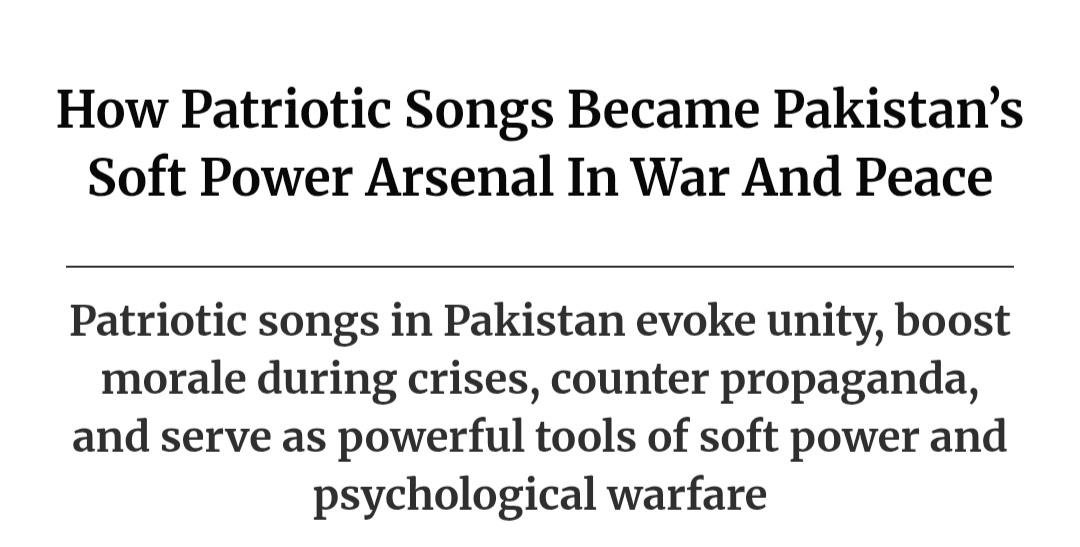
Source: The Friday Times
Pakistan countered terrorist narratives with tech-savvy tactics. During Zarb-e-Azb, the army posted real-time infographics. Videos were shared on Facebook and X and reached the youth all over Pakistan. At the time, local radios had been dominated by the Taliban, who spread their radical narratives. They also discouraged locals from getting polio vaccinations with false information. Pakistan’s Army countered this through its own broadcasts. In every liberated sector of Waziristan, mobile vans with loudspeakers played messages like “Bring your family out of harm’s way – give up now!” The outcome was significant. Militants started to become convinced that the State would prevail. The army’s narrative not only demoralized the terrorists but it also won international support. The public’s faith in the military also increased in North Waziristan. By mid-2017, the Armed Forces declared Operation Zarb-e-Azb a success. This was achieved through both military effort and relentless media messaging.
You May Like To Read: Female Suicide Terrorism in Pakistan: An Overview
PsyOps Tools and Techniques
PsyOps are a sophisticated and diverse strategy. Some key points include:
- Government-run radio stations. These stations broadcast in Urdu, Pashto, and Punjabi, so they reach as widespread an audience as possible. One of the intentions is to counter false propaganda by extremists with factual arguments. In Swat, for example, FM channels ran debates where moderate clerics refuted the Taliban’s extremist interpretation of Islam.
- Press Conferences, casualty figures, and drone videos also reaffirm the public’s trust in the army. Patriotic videos highlight the risks soldiers undertake in ensuring the country’s peace. Not only does this earn praise, but it also instills the certainty of the State’s victory over militants.
- Social media campaigns are especially successful. In 2012-2016, anti-terror messages engaged over 5 million people in Pakistan and abroad. These channels announce kills or surrenders in real time, turning battlefield successes into viral content. This strategy succeeded by mobilizing public support and projecting nationwide support for Pakistan’s Army.
Conclusion
In today’s wars, mobilizing the narrative is as important as combat on the ground. Pakistan has used its media to weaken militant groups. In Operation Zarb-e-Azb, there was heavy media promotion of military successes. In Operation Radd-ul-Fasaad, the focus expanded nationwide with strong public messaging. The aim is to damage militants’ morale by showing their defeats. Highlighting the state’s achievements also destabilizes militant resolve. Pakistan’s leadership is now aware of the benefits of smart PsyOps campaigns. Long-lasting success cannot be achieved through force alone. By telling a story of certain victory, Pakistan tries to remove the will to fight from extremists. Thus, they make them lose before the battle even starts.

